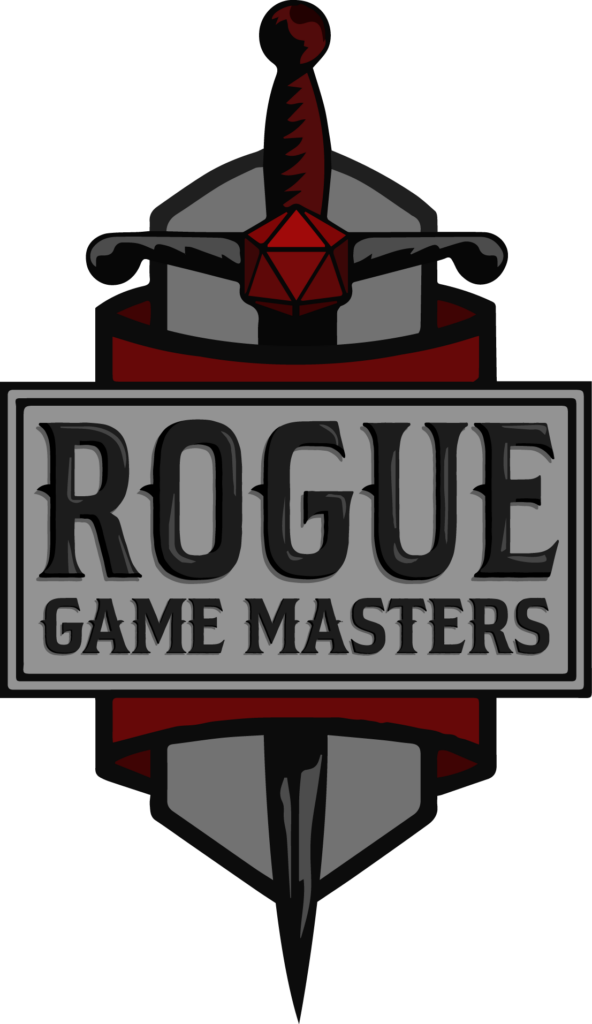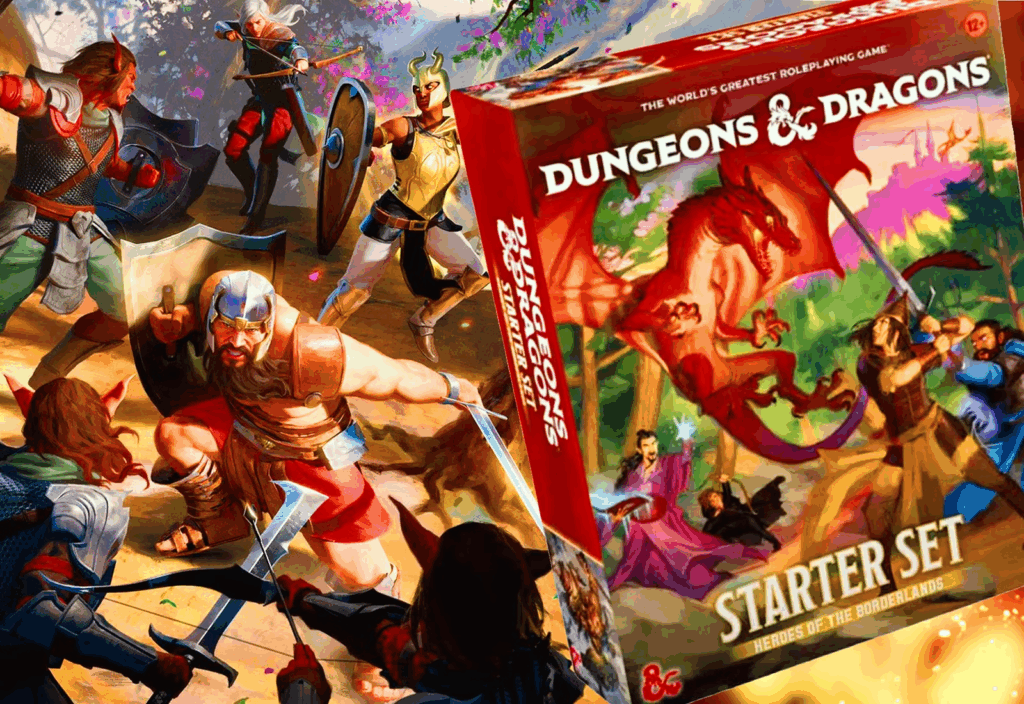We’ll be playing Dungeons & Dragons: Heroes of the Borderlands, the newest D&D Starter Set. It’s built to be a smooth introduction to tabletop roleplaying. It’s easy to learn as you go, with dice, character sheets, and plenty of story to shape together.
At its heart, the game is cooperative storytelling. You’ll describe what your character tries to do, roll dice to see how it turns out, and together we’ll see where the adventure leads. I’ll be your Dungeon Master, setting the stage and improvising what happens next.
This campaign is set around a rugged stronghold known as the Keep on the Borderlands, a dangerous frontier where monsters, mysteries, and opportunities lie in every direction. It’s a sandbox adventure, meaning you get to choose where to go and what problems to tackle.
On a personal note: when I first started DMing back in the 1980s, Keep on the Borderlands was my first campaign setting. I’ve run it so many times that I can improvise in this world without missing a beat. That means you’ll get a flexible, responsive game where your choices truly shape the story.
I love board games and RPGs of all kinds. As a GM I lean theater-of-the-mind storytelling over endless maps and minis, though I’ll bring out maps and minis for big combat moments. I’m drawn to puzzles and narrative arcs that aren’t just about fighting.
I’m always picking up new RPG rules and settings, which makes it easy for our group to adapt the game for maximum fun. I’ve been playing since the 1980s, so I’ve learned how to shape my GM style to fit each session. Sometimes my more experienced players enjoy how I compress and expand rules on the fly to serve the story, the characters, and the contests. I like to pack a rich story arc into a single session. I indulge the rule of cool, but I’m not a fan of min-maxing at the table, and I love corruption rules because they steer “murder hobo” energy into a darker, more creative space than alignment ever could.
People tell me I run a fun table. I’m told I’m a “gamer’s” GM. The best compliment is when beginners and experts both enjoy playing with me at the same table. I always feel like I’m learning the real game every time I play. Experienced players appreciate the humor and depth I bring to the story, while beginners appreciate how I lay out the session—how the setup works, how it’s progressing, and how the campaign’s climax objectives unfold.
We use X cards and Shadows and Veils to keep it classy.
I improvise, I’m practiced, and I’m a little unpredictable about stepping away from my own plan to improve the session for everyone. Side quests can be very helpful, though they can also serve as a bit of retconting to fix something that bugs a player, with everyone on board.
I’m all about collaborative, improvisational storytelling. Combat can be a great storytelling context too—there are often combat checks, and it doesn’t have to mean constant fighting. When things get grim, my job is to keep the fights spectacular, aiming for moments that are entertaining and memorable.

